Home>Gardening & Outdoor>Landscaping Ideas>What Are Grass Awns
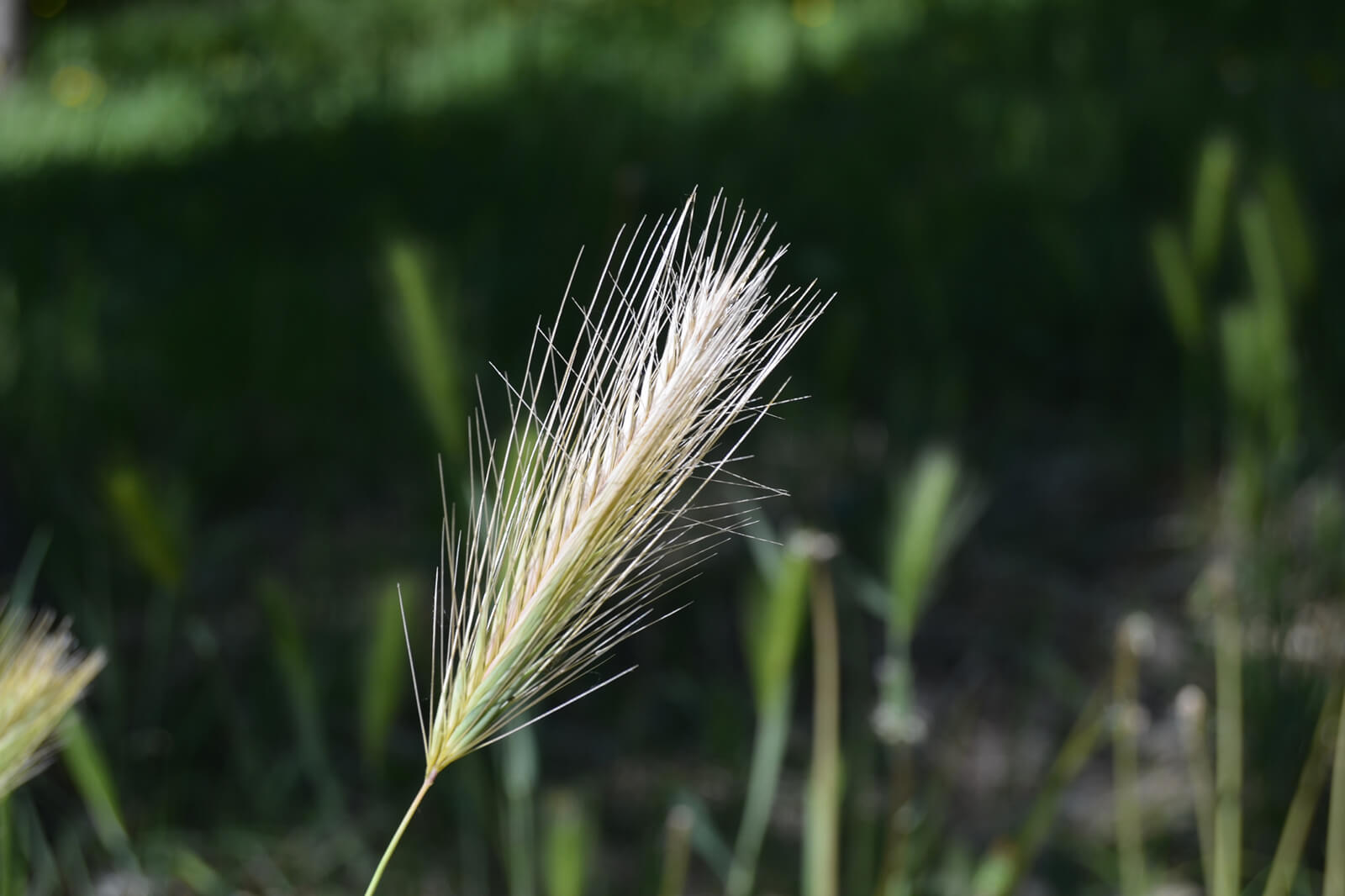

Landscaping Ideas
What Are Grass Awns
Modified: October 19, 2024
Discover effective landscaping ideas to prevent grass awns from causing harm to your pets. Learn how to create a safe outdoor environment for your furry friends.
(Many of the links in this article redirect to a specific reviewed product. Your purchase of these products through affiliate links helps to generate commission for Storables.com, at no extra cost. Learn more)
Introduction
Welcome to the wonderful world of landscaping, where nature’s beauty meets human creativity. Landscaping is an art form that allows us to transform outdoor spaces into stunning and functional areas, adding value and charm to our homes and communities. One of the essential elements of landscaping is the use of grasses and plants to create lush, inviting environments. However, amidst the beauty of these natural elements, there are potential hazards that landowners should be aware of, such as grass awns.
Grass awns are a common concern for pet owners, gardeners, and outdoor enthusiasts. These seemingly innocuous grass seeds can pose significant risks to the health of animals and humans alike. Understanding what grass awns are, the dangers they present, and how to prevent and treat related issues is crucial for maintaining a safe and enjoyable outdoor environment.
In this article, we will delve into the world of grass awns, exploring their definition, types, common issues, symptoms of infections, and methods of treatment and prevention. By gaining insight into these aspects, you will be better equipped to safeguard your beloved pets and ensure a thriving landscape for all to enjoy.
Key Takeaways:
- Grass awns, or grass seeds, are natural structures found in grasses that can pose risks to animals and humans due to their ability to latch onto skin, fur, or clothing, leading to discomfort and potential health issues.
- Understanding the types, dangers, symptoms, and prevention of grass awns is crucial for creating safe outdoor environments and safeguarding the well-being of pets and humans. Vigilance, proactive measures, and prompt intervention are essential for minimizing the risks associated with these natural structures.
Read more: What Is An Awning
Definition of Grass Awns
Grass awns, also known as grass seeds, are the seed-like structures found on various species of grasses. These structures are designed to disperse seeds for reproduction, but they can also pose risks to animals and humans due to their physical characteristics.
Grass awns have a unique design that allows them to latch onto fur, clothing, or skin, making them easily transportable. The awns are equipped with tiny barbs or hairs that enable them to attach to passing animals or objects. Once attached, they can become embedded in the skin, ears, eyes, nose, or throat, leading to a range of health issues.
These seed structures come in different shapes and sizes, depending on the type of grass they originate from. Some grass awns have elongated, needle-like shapes, while others have curved or hook-like structures. These variations contribute to their ability to burrow into tissue and cause discomfort or infection.
While grass awns are a natural part of the environment, they can become problematic when they come into contact with animals or humans. The potential for these seeds to cause harm underscores the importance of understanding their characteristics and taking proactive measures to mitigate associated risks.
Types of Grass Awns
Grass awns come in various forms, each with its own distinct characteristics and potential risks. Understanding the different types of grass awns is essential for identifying potential hazards in outdoor environments and taking appropriate precautions.
1. Straight Awns: Some grass species produce straight awns that resemble tiny needles. These sharp, rigid structures can easily penetrate skin, fur, or clothing, leading to discomfort and potential health issues. Straight awns are known for their ability to work their way into tissues, causing irritation and inflammation.
2. Curved Awns: Unlike straight awns, curved awns have a hook-like shape, allowing them to attach to passing animals or objects. Once attached, their barbed design makes them difficult to remove, increasing the risk of skin or tissue damage. Curved awns are particularly adept at latching onto fur, making them a concern for pet owners and outdoor enthusiasts.
3. Barbed Awns: Some grass awns are equipped with tiny barbs or hairs that enhance their ability to attach to surfaces. These barbed structures can easily become embedded in fur, skin, or clothing, posing a risk of injury or infection. The barbs make removal challenging, increasing the likelihood of complications.
4. Seed Heads: In addition to the awns themselves, grasses produce seed heads that contain multiple awns or seeds. These seed heads can easily attach to passing animals or objects, increasing the likelihood of exposure to multiple awns. This heightened exposure raises the risk of complications and underscores the importance of thorough inspection and preventative measures.
By familiarizing yourself with the various types of grass awns, you can better identify potential hazards in outdoor environments and take proactive steps to minimize the risks associated with these natural structures.
Common Issues and Dangers
Grass awns pose a range of common issues and dangers for animals and humans, making it essential to be aware of the potential risks associated with these natural structures. Understanding the common issues and dangers can help individuals take proactive measures to minimize exposure and safeguard their well-being.
1. Embedded in Skin: One of the primary dangers of grass awns is their ability to become embedded in the skin, fur, or clothing. Once attached, the barbed or hook-like structures of the awns make removal challenging, increasing the risk of injury and infection. Common sites for embedded grass awns include paws, ears, and the spaces between toes in animals, as well as exposed skin in humans.
2. Internal Injuries: If ingested or inhaled, grass awns can cause internal injuries in animals and humans. Awns that are swallowed can become lodged in the throat, esophagus, or digestive tract, leading to discomfort, inflammation, and potential blockages. Inhaled awns can similarly cause respiratory issues and discomfort.
3. Ear and Eye Problems: Animals are particularly susceptible to ear and eye problems caused by grass awns. Awns can become lodged in the ears or eyes, leading to irritation, inflammation, and potential infections. These issues can cause discomfort and may require veterinary intervention for removal and treatment.
4. Traveling Awn Syndrome: In animals, particularly dogs, grass awns can lead to a condition known as “traveling awn syndrome.” This syndrome occurs when an awn migrates through the body, often leading to abscesses, infections, and tissue damage. The ability of grass awns to penetrate tissues and migrate within the body underscores the seriousness of the associated health risks.
By understanding the common issues and dangers posed by grass awns, individuals can take proactive measures to minimize exposure and protect themselves and their animals from potential harm. Vigilance, thorough inspection, and prompt action are essential for mitigating the risks associated with these natural structures.
Symptoms of Grass Awn Infections
Identifying the symptoms of grass awn infections is crucial for prompt intervention and treatment. Whether affecting animals or humans, these infections can lead to discomfort, inflammation, and potential complications if left untreated. By recognizing the signs of grass awn infections, individuals can take timely action to address these issues and prevent further health risks.
1. Localized Swelling and Discomfort: When a grass awn becomes embedded in the skin or fur, localized swelling and discomfort are common symptoms. Animals may exhibit signs of pain or irritation at the site of the embedded awn, often accompanied by visible swelling and redness. In humans, similar symptoms can manifest at the point of contact with the grass awn.
2. Shaking or Scratching Ears: Animals, particularly dogs, may display symptoms of grass awn infections by shaking their heads or excessively scratching their ears. This behavior can indicate the presence of an embedded awn in the ear canal, leading to discomfort and potential ear infections. Prompt veterinary intervention is crucial to address these issues and prevent further complications.
3. Eye Irritation and Discharge: In cases where grass awns become lodged in the eyes, symptoms of irritation and discharge may occur. Animals may exhibit signs of eye discomfort, including excessive blinking, redness, and the presence of discharge. Prompt removal and veterinary care are essential to address these issues and prevent potential eye infections.
4. Limping or Lameness: When grass awns become embedded in the paws or between the toes of animals, symptoms of limping or lameness may arise. This can indicate discomfort and potential tissue irritation caused by the presence of the awn. Prompt inspection and removal of the awn are crucial to alleviate these symptoms and prevent further complications.
5. Respiratory Distress: In cases where grass awns are inhaled, symptoms of respiratory distress may manifest in animals and humans. These symptoms can include coughing, wheezing, and labored breathing, indicating potential airway irritation or obstruction. Immediate medical attention is vital to address these symptoms and prevent further respiratory complications.
By recognizing the symptoms of grass awn infections, individuals can take proactive measures to address these issues and seek appropriate medical or veterinary care. Prompt intervention is essential for alleviating discomfort, preventing complications, and safeguarding the well-being of animals and humans exposed to grass awns.
Be cautious when walking your pets in areas with tall grass, as grass awns can easily attach to their fur and skin, causing irritation and potential health issues. Always check your pet for grass awns after outdoor activities.
Read more: What Is Awning Fabric
Treatment and Prevention
Effective treatment and prevention strategies are essential for addressing grass awn-related issues and minimizing the associated health risks for animals and humans. By understanding how to treat existing infections and prevent future exposure, individuals can safeguard their well-being and that of their beloved pets in outdoor environments.
Treatment
When dealing with grass awn infections, prompt and appropriate treatment is crucial for alleviating discomfort and preventing further complications. The following measures are commonly employed to address grass awn-related issues:
- Removal: For embedded grass awns, prompt and careful removal is essential to alleviate discomfort and prevent tissue damage or infection. Veterinary professionals are equipped to safely remove embedded grass awns from animals, ensuring thorough extraction to prevent further health issues.
- Antibiotics: In cases where grass awn infections have led to abscesses or localized infections, antibiotics may be prescribed to address the resulting inflammation and prevent the spread of infection. Proper veterinary care is essential for determining the appropriate antibiotic treatment based on the specific infection.
- Eye and Ear Care: Grass awns lodged in the eyes or ears require specialized care to ensure safe and thorough removal. Veterinary professionals can address these issues using specialized tools and techniques to prevent further discomfort and potential complications.
- Respiratory Support: In cases of respiratory distress caused by inhaled grass awns, prompt medical intervention is crucial to address airway irritation and prevent further respiratory complications. Veterinary professionals can provide the necessary respiratory support and treatment to alleviate these symptoms.
Prevention
Preventing grass awn-related issues is key to maintaining a safe outdoor environment for animals and humans. The following preventive measures can help minimize exposure to grass awns and reduce the associated health risks:
- Regular Inspection: Thoroughly inspecting pets and outdoor areas for the presence of grass awns can help identify and address potential hazards before they lead to infections or discomfort.
- Protective Gear: Using protective gear, such as boots and clothing designed to minimize contact with grass awns, can help reduce the risk of exposure for both animals and humans in outdoor environments.
- Trimming and Maintenance: Regularly trimming and maintaining grassy areas can help reduce the presence of mature seed heads and grass awns, minimizing the risk of exposure for pets and individuals frequenting these spaces.
- Veterinary Guidance: Seeking guidance from veterinary professionals regarding the specific risks associated with grass awns in your local environment can help tailor preventive measures to address potential hazards effectively.
By implementing effective treatment and prevention strategies, individuals can address existing grass awn-related issues and minimize the risk of future exposure. Proactive measures, combined with prompt veterinary care when necessary, are essential for safeguarding the well-being of animals and humans in outdoor settings.
Conclusion
As we navigate the diverse and captivating world of landscaping, it is crucial to be mindful of the potential hazards posed by grass awns. These seemingly innocuous natural structures can lead to a range of health issues for animals and humans, underscoring the importance of understanding, preventing, and addressing grass awn-related risks.
By familiarizing ourselves with the definition and types of grass awns, as well as the common issues and dangers they present, we can take proactive steps to minimize exposure and safeguard our well-being. Recognizing the symptoms of grass awn infections empowers us to seek timely intervention and treatment, addressing discomfort and preventing potential complications.
Effective treatment and prevention strategies, including prompt removal, veterinary care, and proactive measures, are essential for mitigating the risks associated with grass awns. By incorporating these strategies into our outdoor routines and environments, we can create safer and more enjoyable spaces for ourselves and our beloved pets.
As we revel in the beauty of our outdoor landscapes, let us remain vigilant and proactive in addressing the potential hazards posed by grass awns. Through awareness, preventive measures, and timely intervention, we can continue to cherish the natural wonders of our surroundings while minimizing the risks associated with grass awns.
Together, let us strive to create outdoor environments that are not only visually stunning but also safe and inviting for all who venture into these natural spaces.
Frequently Asked Questions about What Are Grass Awns
Was this page helpful?
At Storables.com, we guarantee accurate and reliable information. Our content, validated by Expert Board Contributors, is crafted following stringent Editorial Policies. We're committed to providing you with well-researched, expert-backed insights for all your informational needs.
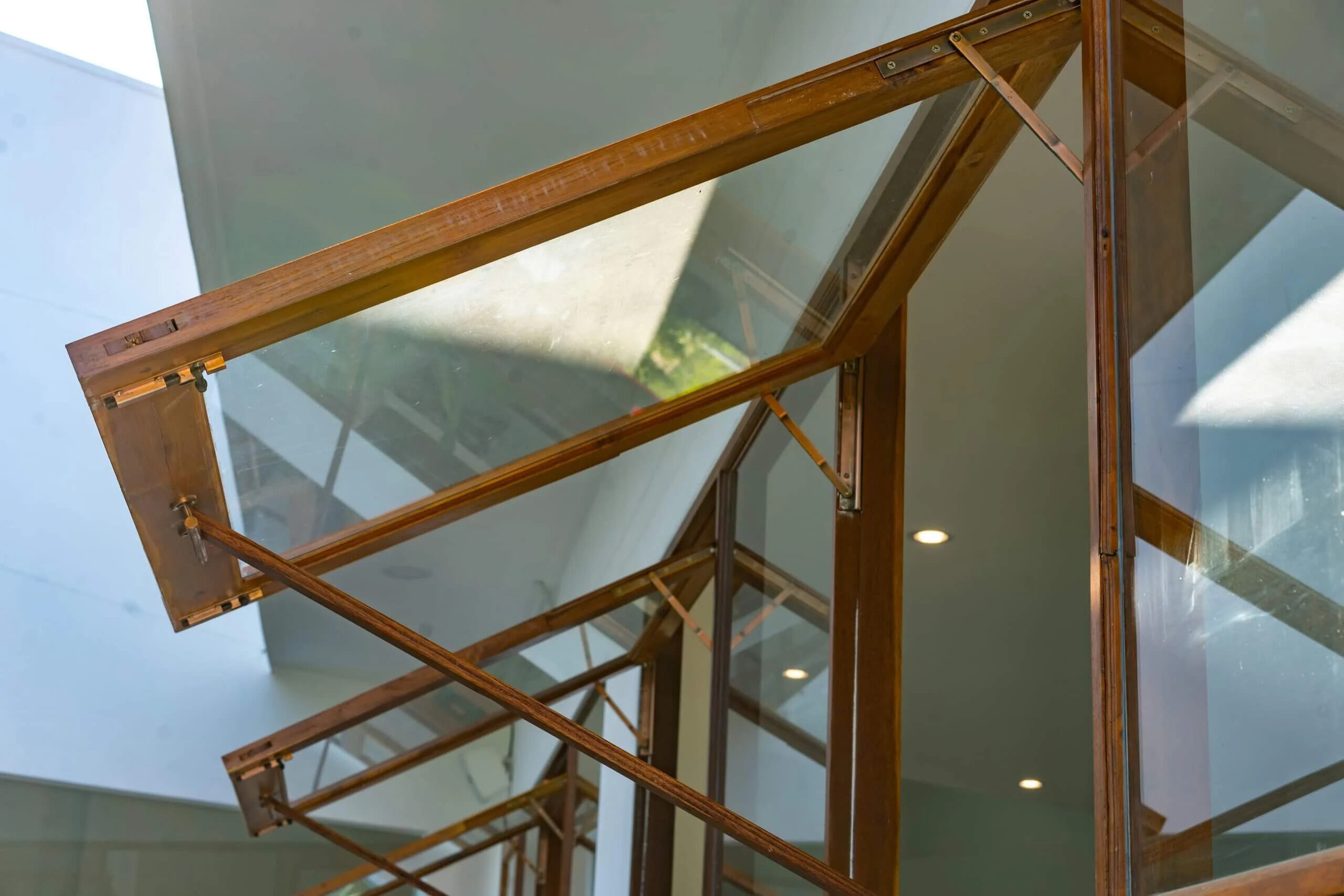


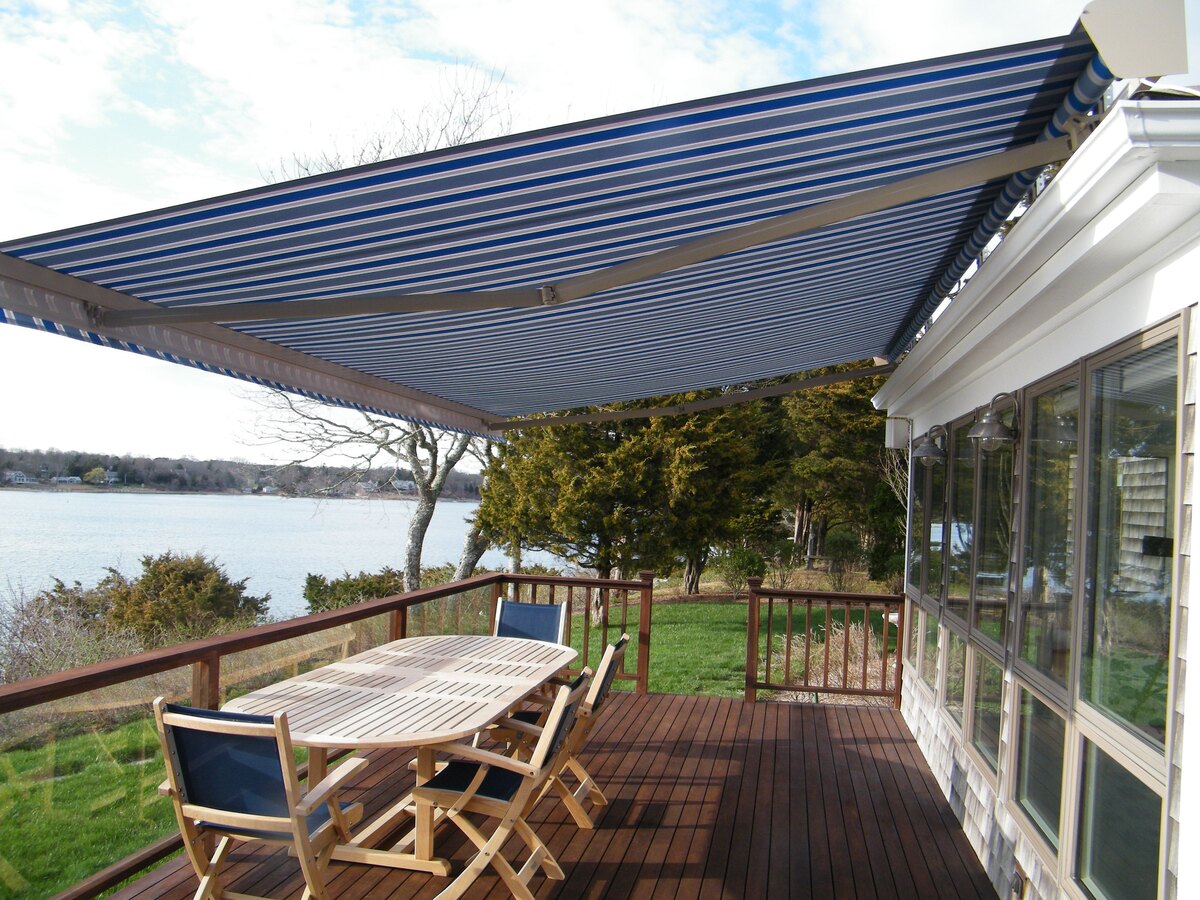



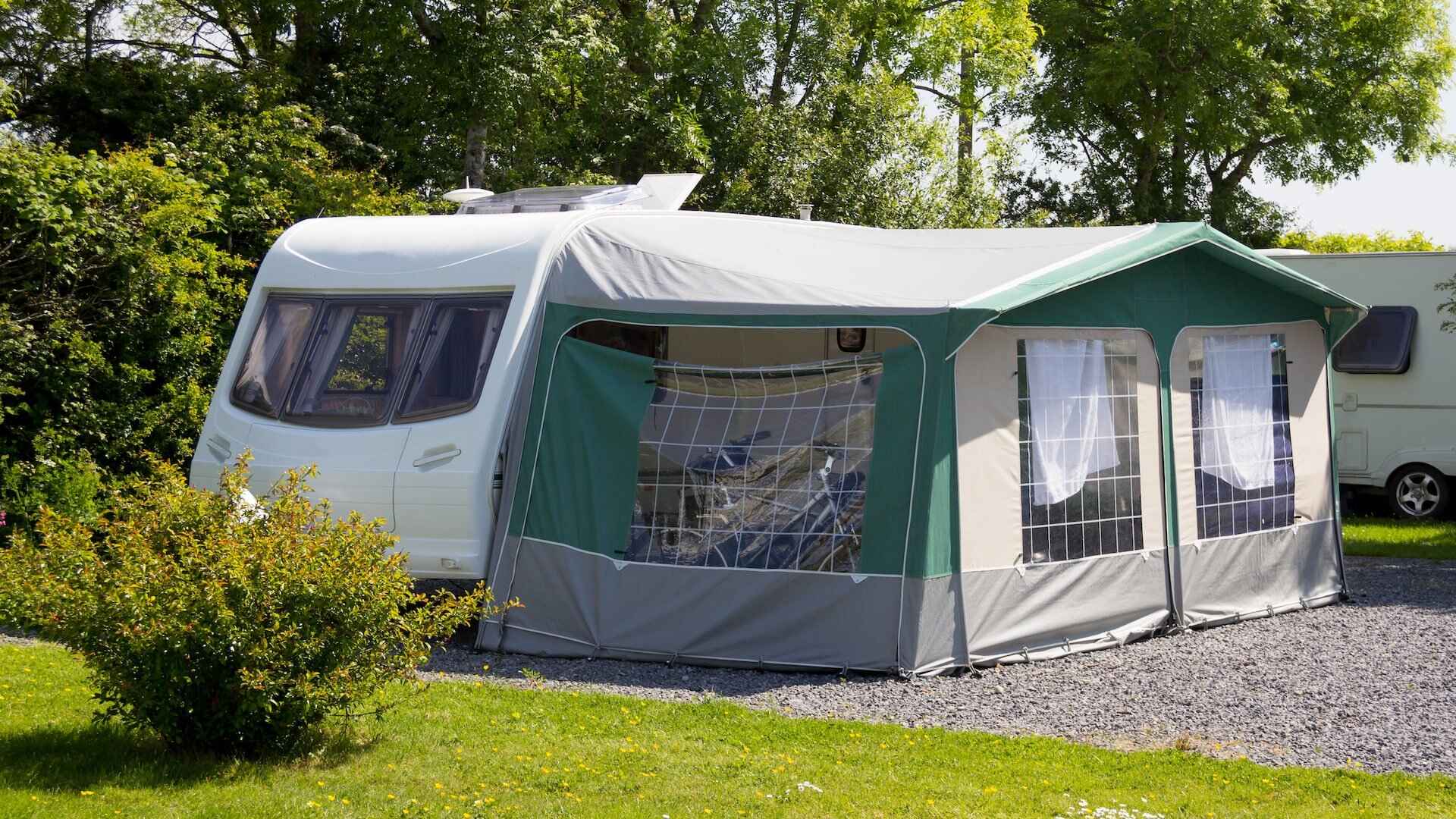

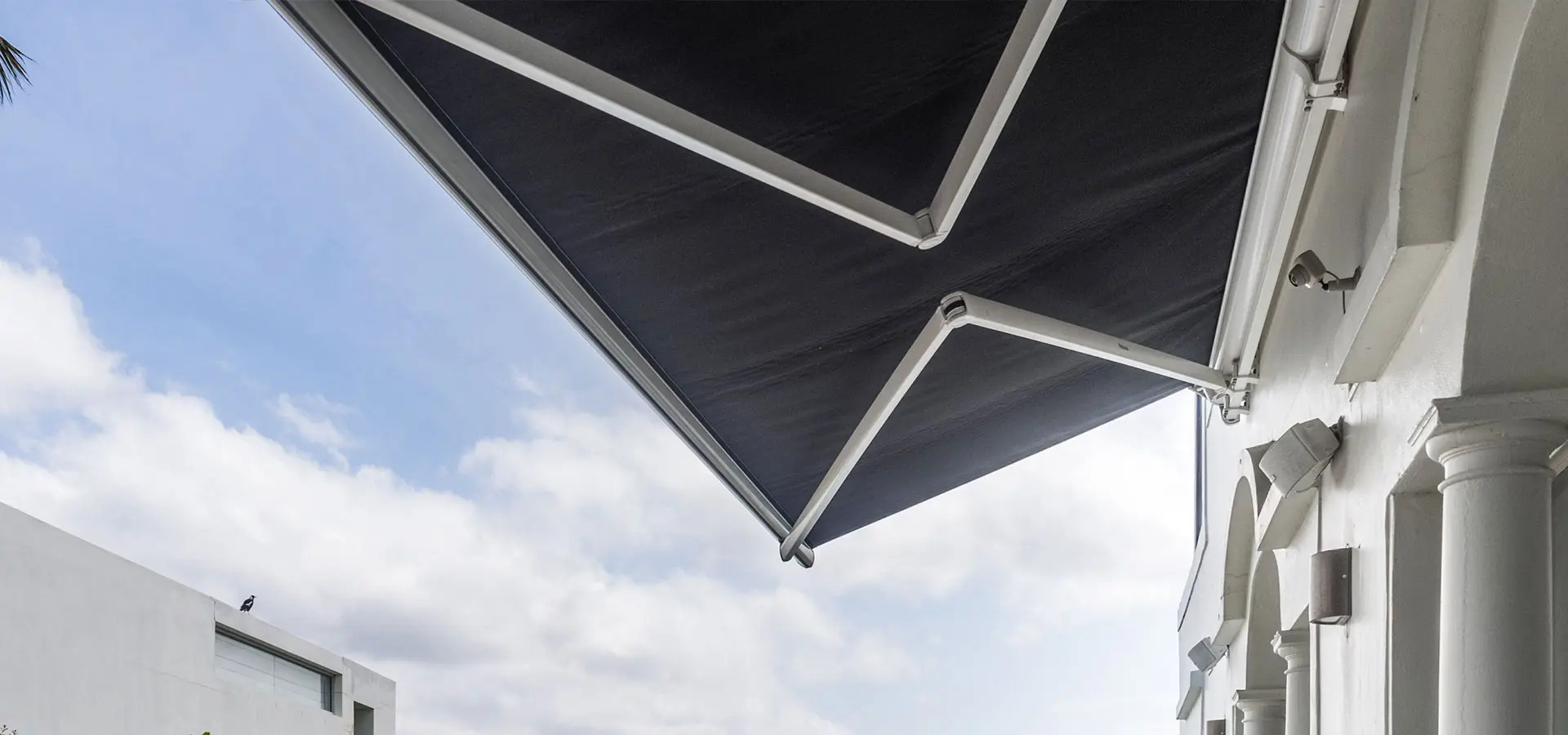
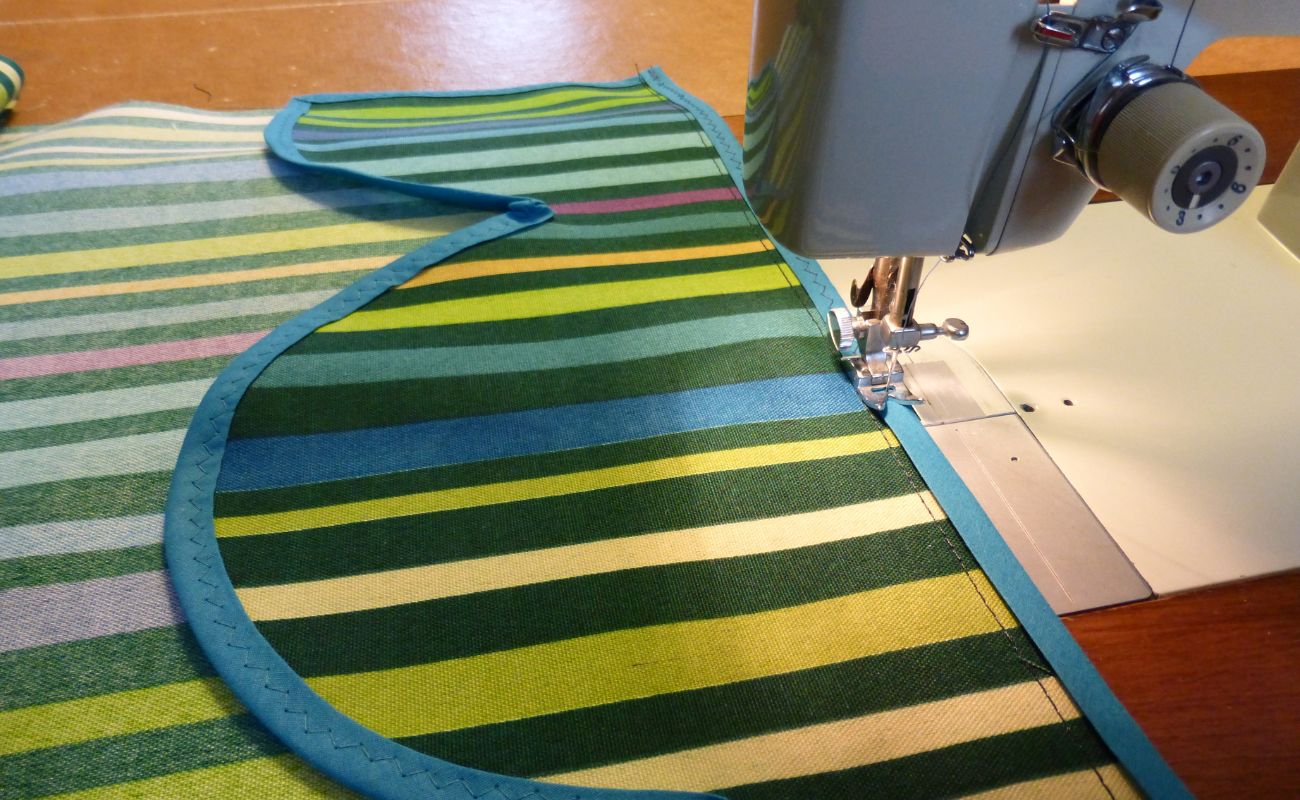




0 thoughts on “What Are Grass Awns”